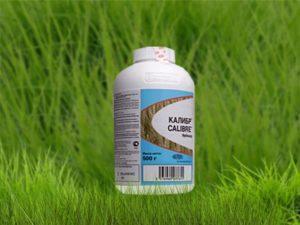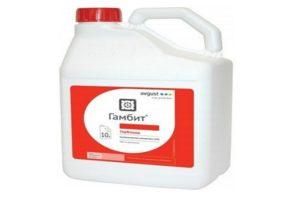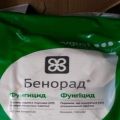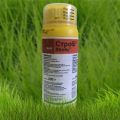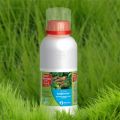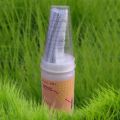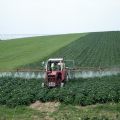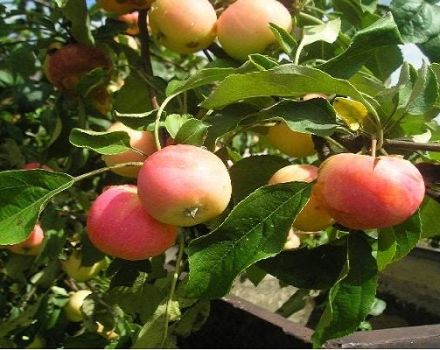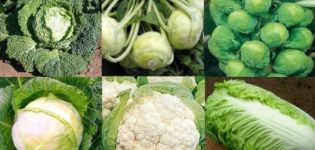Instructions for use of the fungicide Poliram and consumption rates
When growing crops, it is often necessary to face such a problem as the appearance of insects and diseases. At the first sign, you need to immediately resort to fungicides. For example, having studied the instructions for use for the fungicide "Poliram", you can quickly deal with the causes of diseases.
Content
- 1 Composition, purpose and form of release
- 2 How does the fungicide "Poliram" work?
- 3 Advantages and disadvantages of the tool
- 4 How to prepare a working solution and its further use
- 5 Safety rules when working with the tool
- 6 Toxicity degree
- 7 Compatibility with other drugs
- 8 Shelf life and storage conditions
- 9 Analogues of "Polyram"
Composition, purpose and form of release
"Poliram" refers to contact fungicides, which are used for fungal diseases in crops. The chemical is produced in the form of water-soluble granules.
For what diseases is it used:
- late blight;
- mildew;
- anthracnose;
- rust;
- scab;
- various varieties of leaf spot;
- powdery mildew.
Belongs to the group of dithiocarbamates. The active substance is metiram.
How does the fungicide "Poliram" work?
The substance metiram belongs to inhibitors of several enzymes of fungi, as a result of processing, the germination of spores is prevented.
Due to this property, fungi do not develop resistance to the action of the drug.
During the season, it is recommended to carry out no more than 4 treatments at intervals of 10 days. The first spraying is carried out before the beginning of the growing season, when there are no signs of disease yet.

Advantages and disadvantages of the tool
The benefits of using include:
- Prevention of fungal diseases.
- The chemical is not toxic to plants and insects.
- It is allowed to be used during flowering.
- The granules dissolve well in water.
- Fungi are not susceptible to the action of the chemical.
The disadvantages include the strong toxicity of "Polyram" for humans.
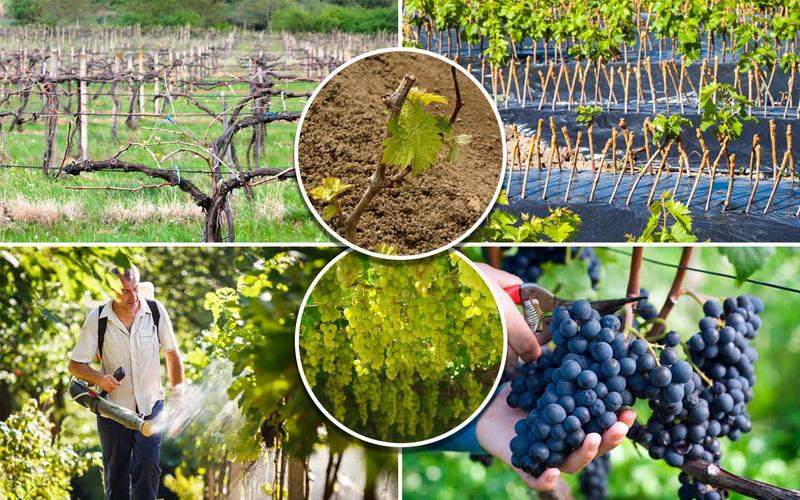
How to prepare a working solution and its further use
Before using the fungicide "Poliram", be sure to read the instructions for use. The dosage of the drug may vary depending on the treated crop.
Potatoes
To prepare a solution, 40 g of powder is diluted in 10 liters of water. The first time the potatoes are processed until the tops are closed. The second is during budding. The third is after the flowering is over, and the last is when the berries appear. During the growing season, 3 treatments are carried out at intervals of 20 days.
Tomatoes
It is very difficult to cure already infected tomato bushes.Most of the bushes are likely to die during treatment, so preventive treatments are important in this case. To prepare the solution, you need 40 g of the chemical and 10 liters of water. Dissolve powder in water and spray on bushes. Treatments are carried out on a sunny, windless day.
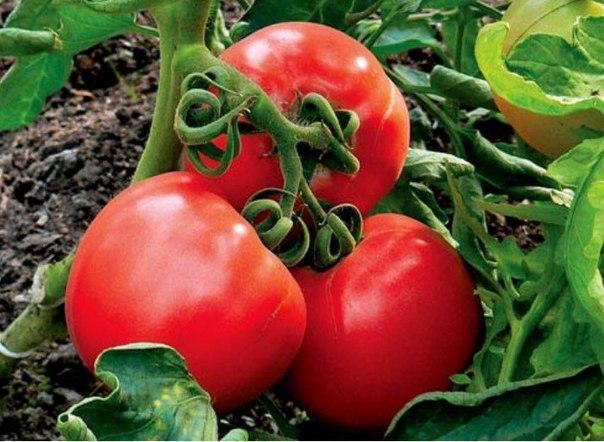
Grapes
In the spring, preventive treatments are carried out against powdery mildew and anthracnose. They are carried out before bud break. In 10 liters of warm water, dilute 25 g of powder. During the growing season, 4 treatments are carried out.
The first time the vine is sprayed is during the formation of the inflorescences.
Then after flowering. The third treatment is carried out during the formation of berries and the last - when the berries reach a weight of 50 g. The protective effect of the drug lasts about 20 days after the procedure.
Fruit trees
The first processing of fruit trees is carried out before foliage bloom. The second - after the appearance of buds. The third time the plants are treated after flowering. And the last - when the fruits reach a length of 4 cm. 20 g of the chemical is diluted in 10 liters of water. Stir until completely dissolved and then spray the trees.
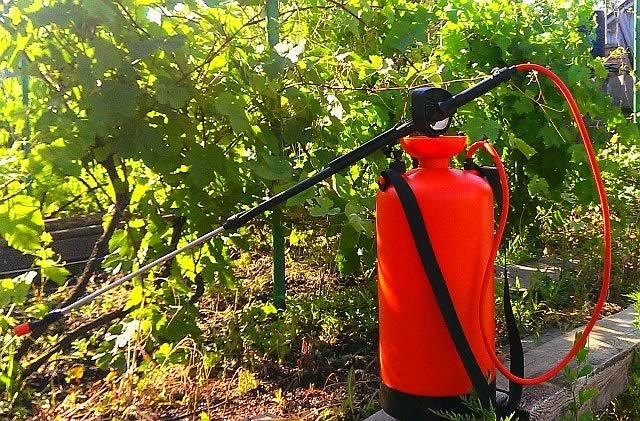
Safety rules when working with the tool
Wear a protective suit, headgear, gloves and goggles before processing. After spraying, be sure to take a shower and wash your hair thoroughly.
Also, during the procedure, animals must not be allowed nearby.
For spraying a plant, it is better to choose windless days so that during the procedure the liquid does not spray in all directions and does not fall on a person.
Toxicity degree
The chemical is unsafe for humans and has a 2nd degree of toxicity, therefore, when using Polyram, you should first think about protective equipment. For some time after processing, the fruit is prohibited.
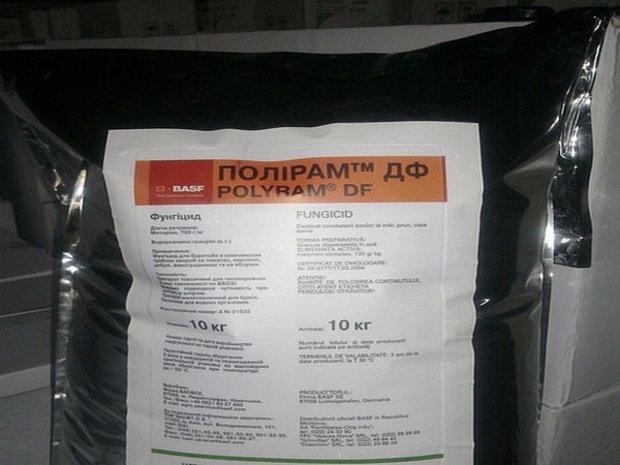
Compatibility with other drugs
It is contraindicated to combine "Poliram" with drugs that have a strong acid reaction. It is allowed to use the chemical together with the fungicides "Acrobat MC" and "Fastak". It is preferable to conduct a compatibility test.
Shelf life and storage conditions
Store the chemical out of the reach of animals and children. A cool and well-ventilated area is best suited for this, out of direct sunlight. After use, open packaging should be packed in a strong bag. The shelf life of the fungicide "Poliram" is 3 years.
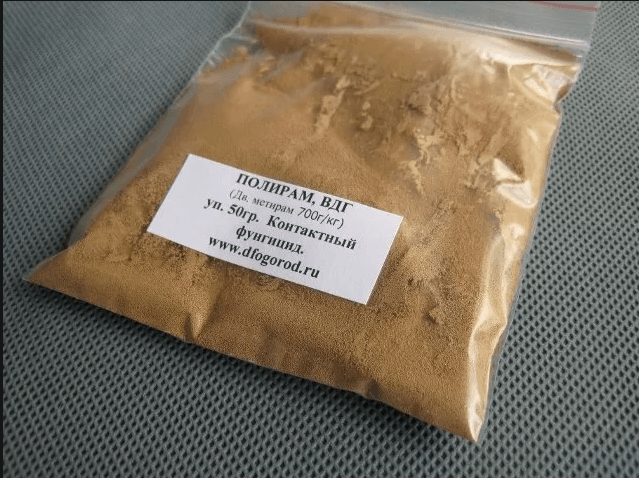
Analogues of "Polyram"
The analogues of "Polyram" include the following fungicides:
- "Polycarbacin";
- copper oxychloride;
- "Mancozeb".
The use of these drugs instead of Polyram will help prevent the onset of diseases just as effectively.
